Identification
Small insects around 2mm long in the colours of green or orange. Can be found in large colonies at the end of new rose growth mostly in spring but can occur at other times of the year. They suck into the shoots, which can distort the flowers and leaves. A sticky residue can be left on the leaves which attracts ants which ‘milk’ the aphids for the ‘honey dew’ residue. Ants move the insects to other parts of the bush spreading them wider. Winged aphids can fly to other roses to set up new colonies.
Solution
Soft options are the best way to control with a squirt of water from the garden hose, throw soapy water over the insects or rub off small colonies with your fingers. Natural predators will help reduce these pests – Parasitic Wasp, Ladybirds and their nymphs, hoverflies, and small birds all control these insects very well. It does take around 10 days for natural predators to build up their numbers to be able to control the infestation. Other options are ’Pest-Oil’ (not white oil) or ‘Eco-Pest Oil’ (a vegetable oil) which all coat the insect with oil and suffocate them, soapy water does also. As a last resort a chemical spray can be used but take great care not to use an insecticide which will kill the natural predators as well.

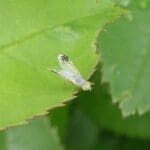
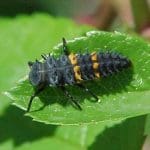
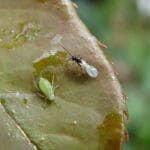
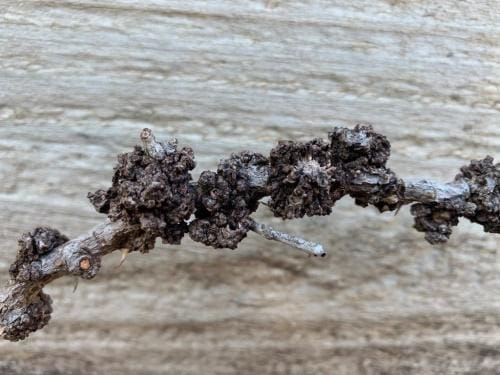 AERIAL ROOTING
AERIAL ROOTING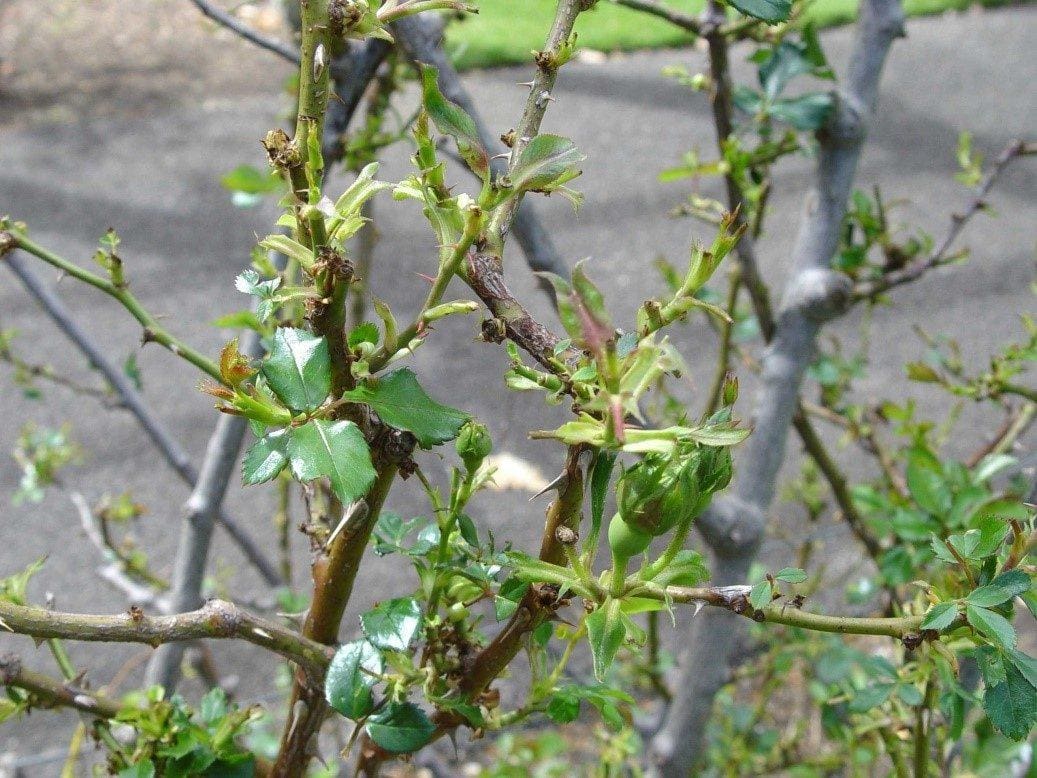 ANIMAL DAMAGE
ANIMAL DAMAGE APHIDS
APHIDS BLACKSPOT
BLACKSPOT BOTRYTIS
BOTRYTIS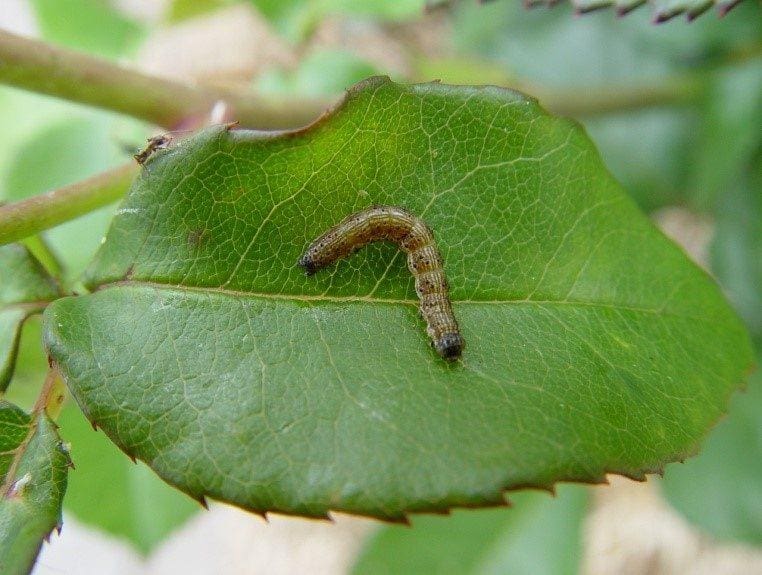 CATERPILLAR
CATERPILLAR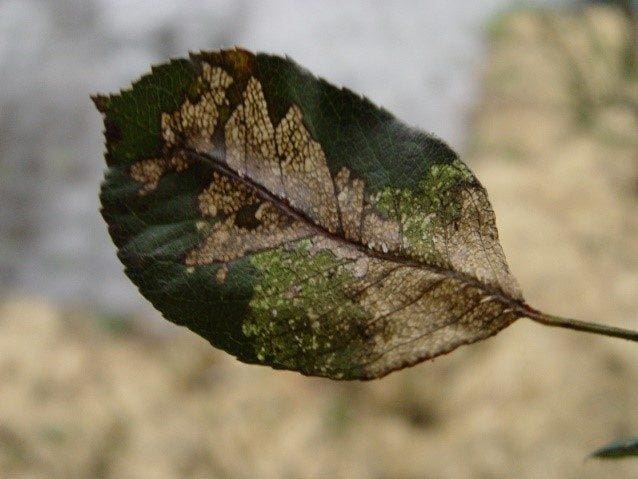 CATERPILLAR
CATERPILLAR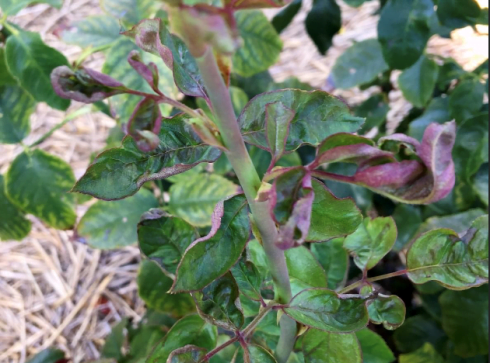 CHILLI THRIP
CHILLI THRIP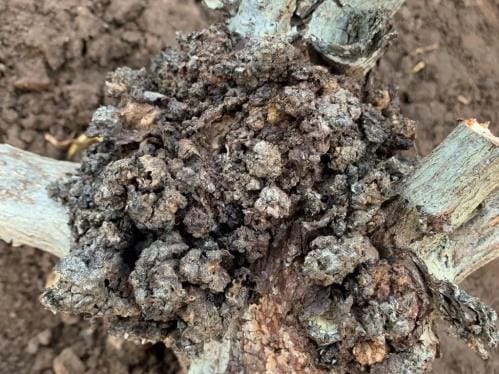 CROWN GALL
CROWN GALL EARWIG
EARWIG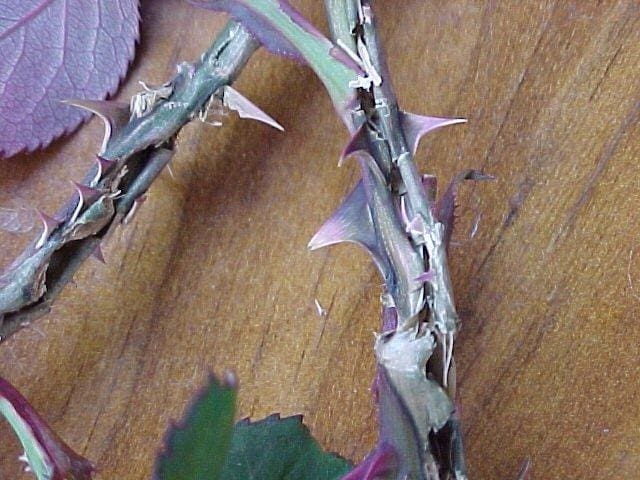 GALAH DAMAGE
GALAH DAMAGE GARDEN WEEVEL
GARDEN WEEVEL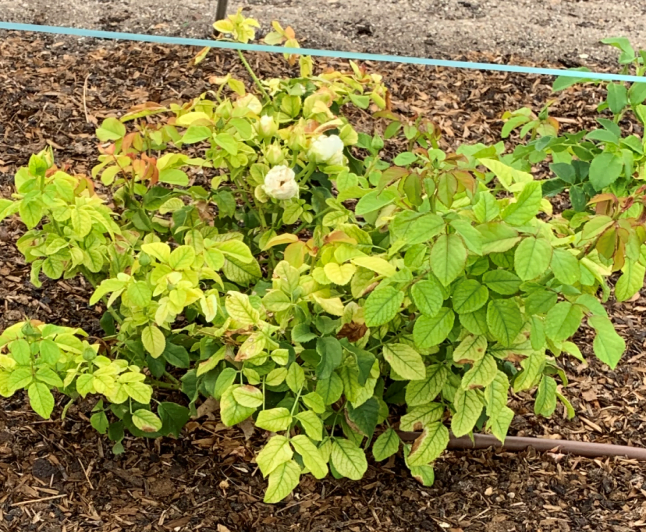 IRON DEFICIENCY (High pH Level)
IRON DEFICIENCY (High pH Level) LADYBIRD
LADYBIRD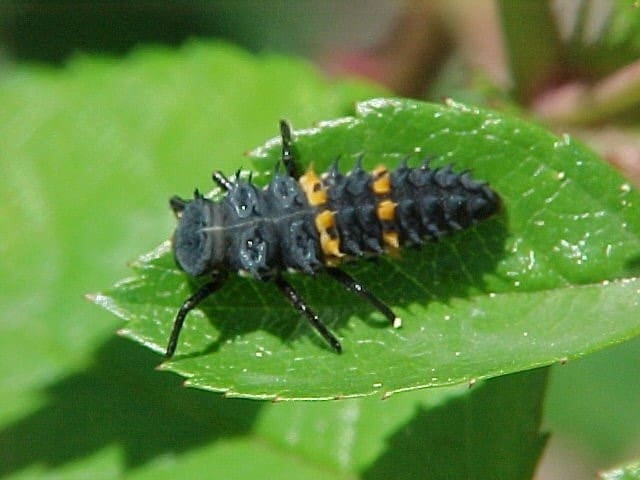 LADYBIRD NYMPH
LADYBIRD NYMPH LEAF CUTTER BEE
LEAF CUTTER BEE MILDEW
MILDEW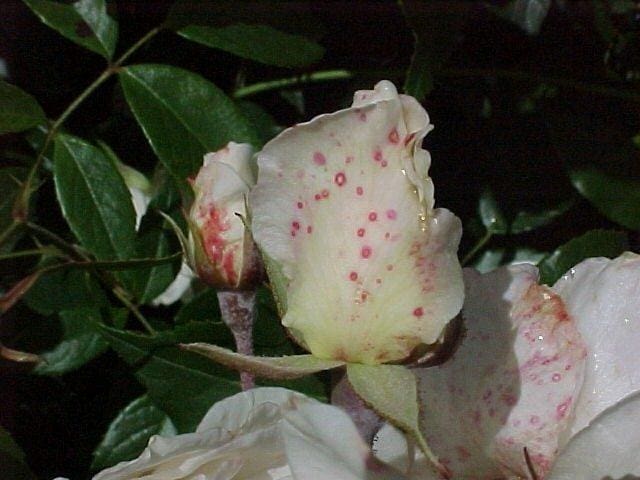 RAIN BRUISING
RAIN BRUISING RUST
RUST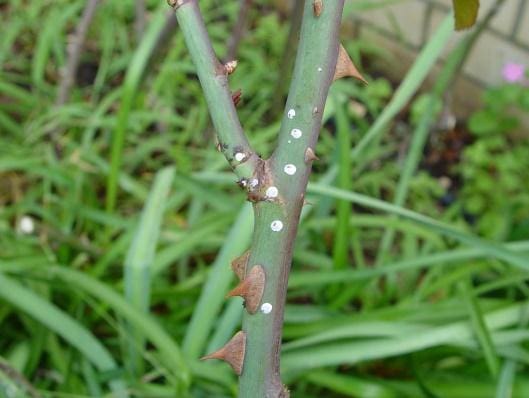 SCALE
SCALE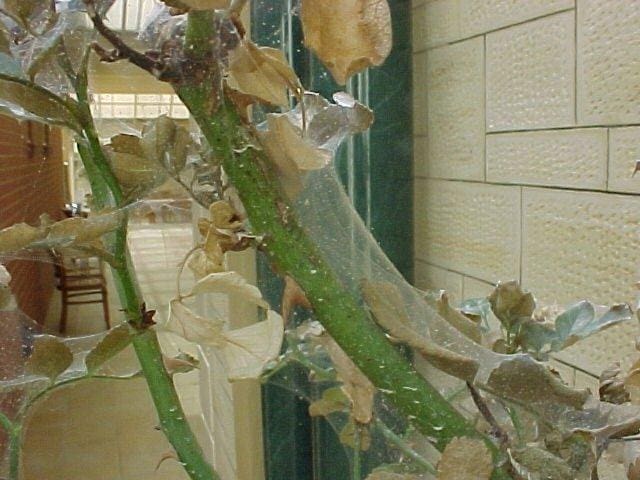 SPIDER MITE (Two Spotted Mite)
SPIDER MITE (Two Spotted Mite)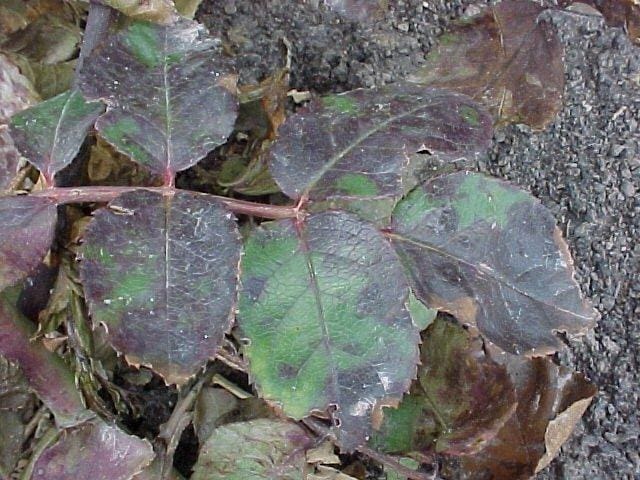 SPRAY BURN
SPRAY BURN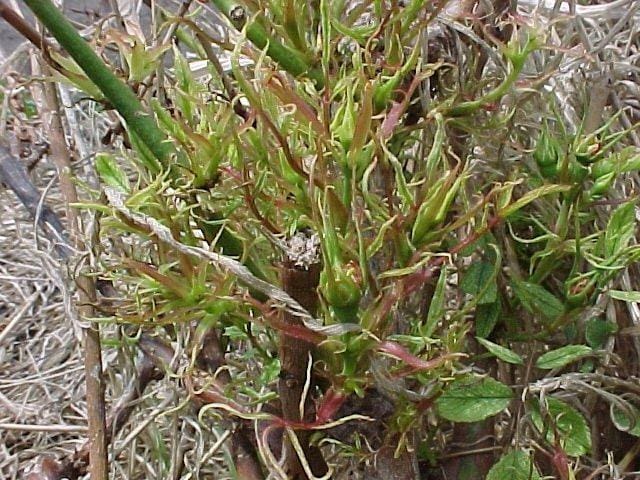 SPRAY DAMAGE
SPRAY DAMAGE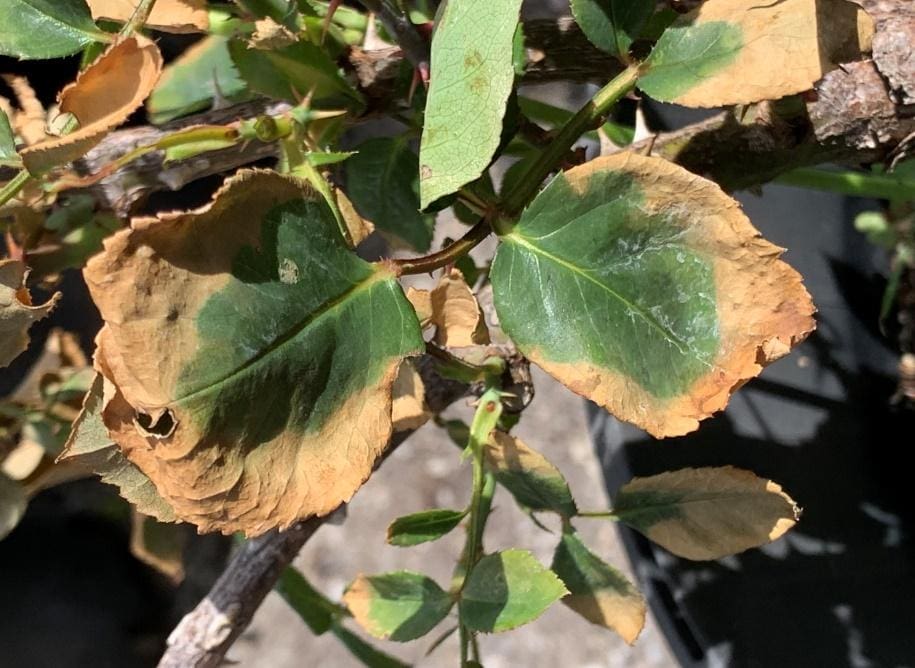 SUN BURN
SUN BURN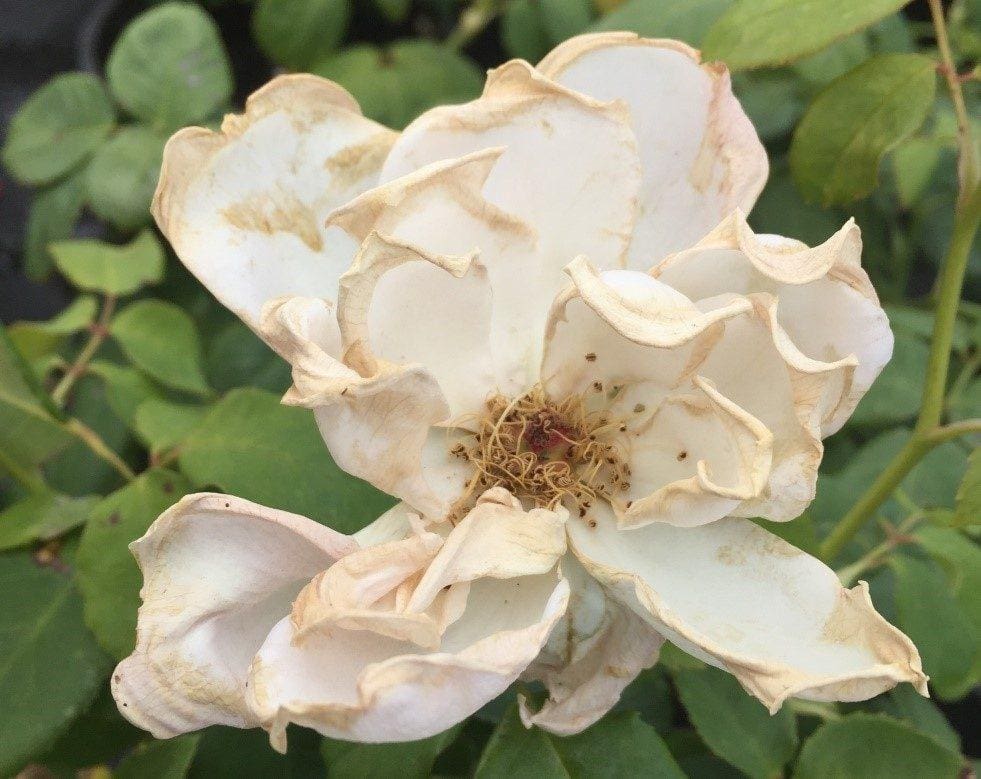 THRIP
THRIP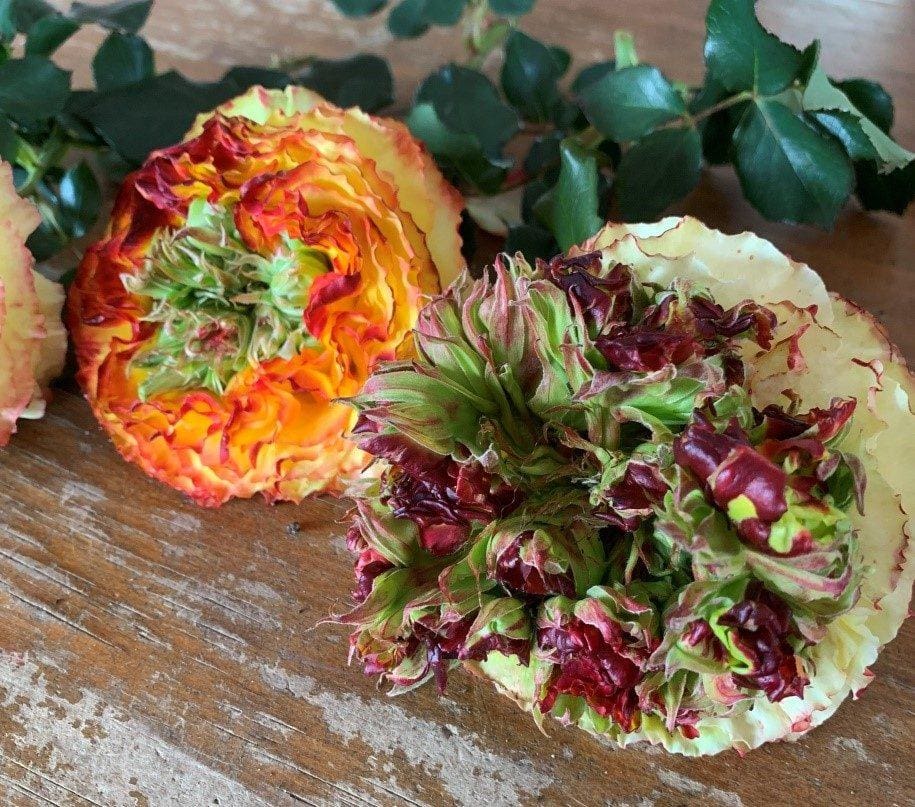 VEGETATIVE CENTRE
VEGETATIVE CENTRE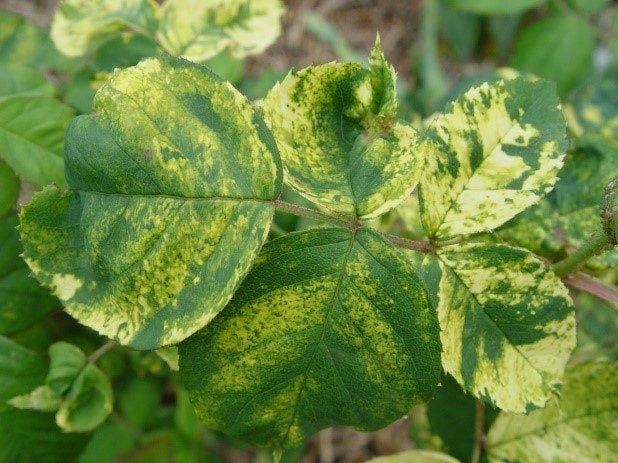 VIRUS MOSAIC
VIRUS MOSAIC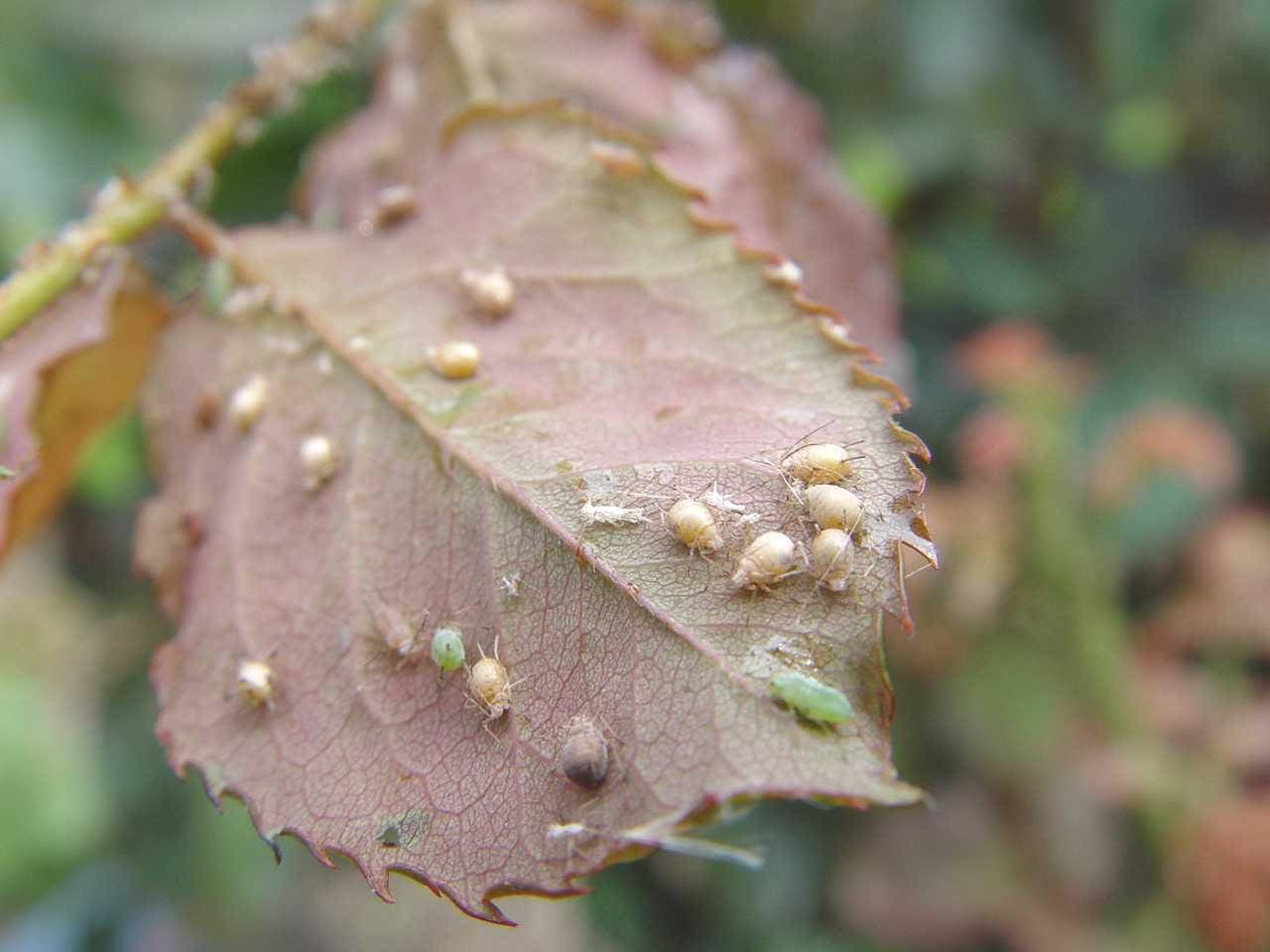 WASP COCOON
WASP COCOON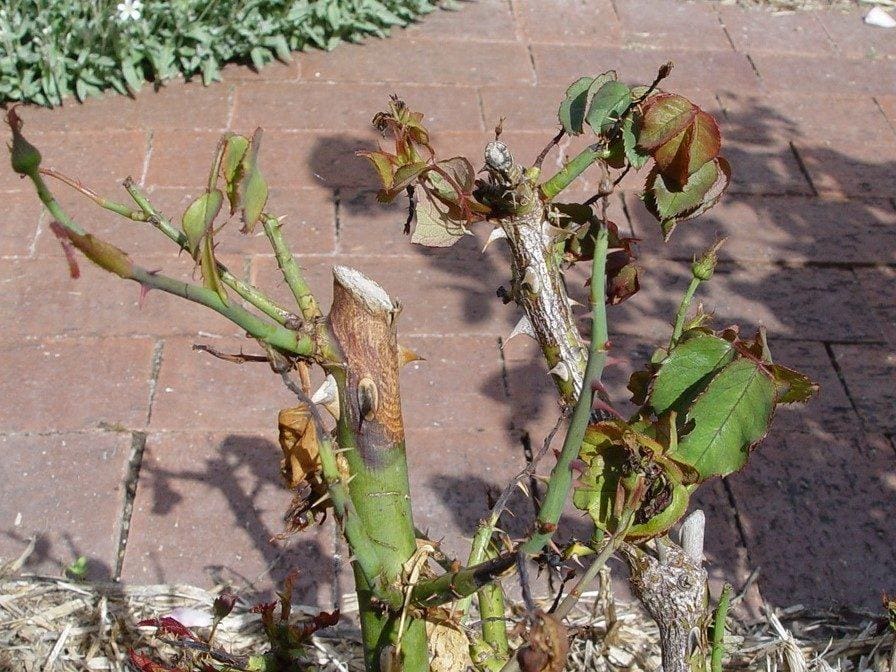 WILT & DIEBACK
WILT & DIEBACK